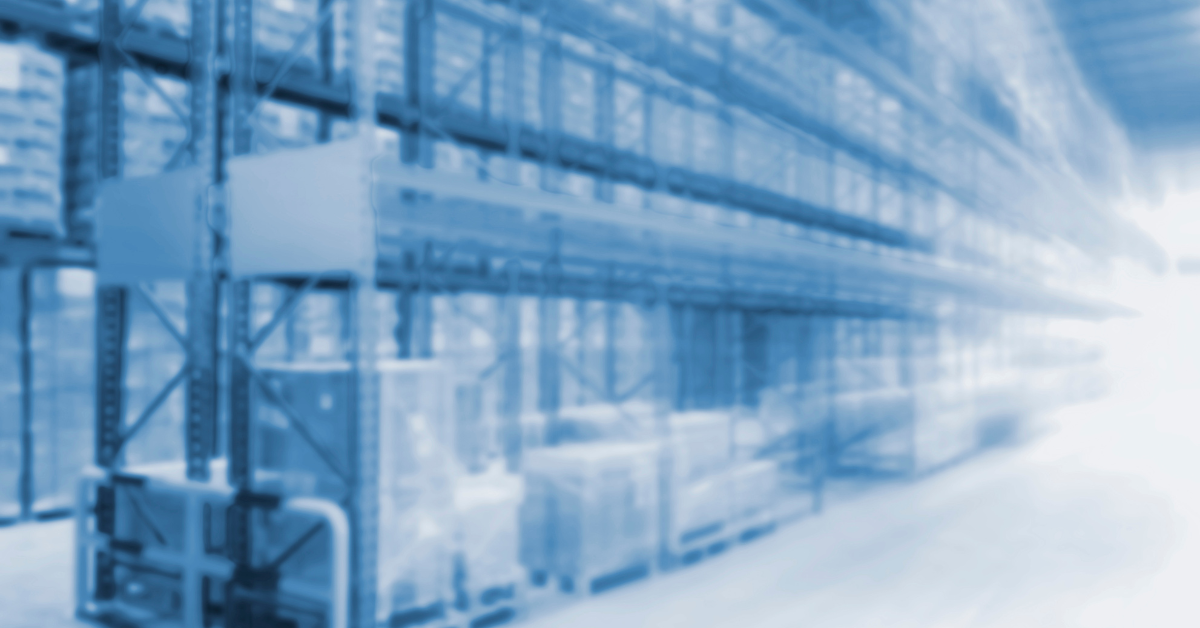


The past few years have found third-party logistics providers (3PLs) in the midst of a series of both fortunate – and unfortunate – events. At the same time that ecommerce trends and same- or next-day delivery expectations are driving up the demand for 3PL services, available warehouse space and the labor pool continues to shrink.
So while the potential for profitable growth is very much alive and well – to the tune of U.S. market revenues upwards of $405.5 billion in 2022 – the space and resources needed to support that growth are in short supply.
According to forecasts, there will be a deficit of approximately 190 million square feet of warehouse space in the next five years. This shortage could result in higher rental prices and add more strain on 3PLs. Additionally, labor scarcity continues to be an issue, as the demand for workers has grown by 12% annually since 2015.
So, what’s a 3PL to do? Over 40% of companies have increased their usage of and reliance on global 3PLs over the past few years, a trend that’s not expected to change any time soon. With more clients expecting faster deliveries, dedicated client fulfillment is no longer sustainable. 3PLs need to consider new strategies that can help them maximize space and resources across clients. Ahead, we explore three trending approaches.
When warehouse space is at a premium, one of the simplest ways to relieve the crunch without expansion is by making better use of the space you already have. Optimizing warehouse storage space often involves extending vertical racks, an easy and efficient approach.
In most industries, pallet racks are already a warehouse staple. These versatile racks, especially when combined with intralogistics and goods-to-person autonomous mobile robots (AMRs), offer an excellent solution for optimizing storage space, especially when dealing with diverse inventory types. Optimizing vertical space can help 3PLs increase storage capacity by 3x, fulfill high-volume, multi-client orders faster from the same space, and reduce variable cost per unit.
Another low-hanging fruit in the space optimization realm is to assess your current warehouse flow to pinpoint areas that could be made more efficient to save space and time. Start by clarifying the goals and objectives of your warehouse and of each client served within your warehouse. Understand what you want to achieve, so you can align your layout and process flow accordingly. Once you evaluate your existing flow, identify areas for improvement and optimization. Strive for enhanced efficiency by combining client flows when it makes sense while allowing room for future adjustments based on evolving needs.
HOW TO GET STARTED: An Automation Guide for 3PLs
Multi-client centers offer a solution that speeds up fulfillment and reduces labor, space and transportation costs, leading to an average savings of 7-9%. Also known as multi-tenant fulfillment, the strategy focuses on integrating complementary client sectors and services within each warehouse. As a result, 3PLs can enhance inventory management capabilities, dynamically allocate resources among clients, grow their last-mile carrier network, and use best-in-breed, scalable automation solutions.
An integrated operational model requires connected flows between systems, people and automation for coordinated decision-making. Multi-client models provide significant cost savings, flexibility and process optimization due to space- and resource-sharing are across the warehouse. For instance, processing inventory from various clients at receiving docks increases worker and bot efficiency. Or utilizing the same pack stations and packaging materials for all clients cuts costs and time. There are numerous options for merging multiple tenants in a single area, from sector-based consolidation and mixed locations to mixed racks with individual slots.
RELATED READ: When Every Second Counts: How to Pick Faster in a Warehouse
A multi-tenant fulfillment model often incorporates artificial intelligence (AI) and machine learning for decision-making, especially in areas like demand and labor management. Automated solutions, such as assisted picking, goods-to-person, and dock-to-stock, run on an multi-agent orchestration platform that can coordinate people, bots and software from multiple vendors.
Orchestration technologies seamlessly integrate and facilitate each step of the fulfillment process, including inventory management and returns, while also aiding in labor planning. As a result, 3PLs can meet express order SLAs, boost productivity and operate with a leaner workforce that is more efficient and engaged.
Taking a hardware-agnostic orchestration approach helps 3PLs optimize variable cost per unit through maximum vertical space utilization, an smart warehouse layout, right-fit automation and minimized aisle requirements. Fulfillment orchestration typically delivers efficiency gains of 2-5x, minimizes training and onboarding requirements for contractual labor, and decreases the need for certified equipment drivers by up to 80%.
Fulfillment orchestration typically delivers efficiency gains of 2-5x, minimizes training and onboarding requirements for contractual labor, and decreases the need for certified equipment drivers by up to 80%.
Intelligent data analytics can provide valuable recommendations and end-to-end visibility into the performance of every resource – software and hardware. At the same time, continuous process flow optimization eliminates bottlenecks, enabling streamlined operations and faster fulfillment for multiple clients.
In the face of a challenging landscape where demand for services is surging, but available resources and warehouse space are dwindling, many 3PLs are embracing innovative approaches to maximize space and resources across clients. First, optimizing vertical space and warehouse flow through the use of pallet racks and automation can significantly increase storage capacity and improve order fulfillment efficiency. Second, adopting a multi-client operational model fosters adaptability, cost savings and process optimization by integrating complementary clients within a single warehouse. Finally, introducing multi-agent orchestration with AI and machine learning enables seamless connectivity and decision-making throughout the fulfillment process, leading to enhanced productivity, reduced costs and streamlined operations. With these strategies, 3PLs can rise above space and labor challenges and continue to drive growth in the dynamic logistics landscape.